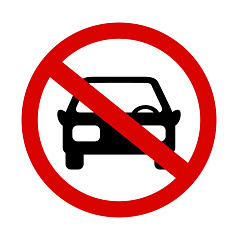When visiting cities in other countries, one is often struck by differences in their transportation systems. These differences are among the most visible indicators of variation in underlying social, political, and economic systems.
Take, for example, the Soviet Union and the countries of Europe and North America. Going from east to west, there is an unmistakable increase in the relative importance of the automobile and a corresponding decrease in the importance of public transport modes, such as bus, streetcar, subway, and commuter rail.
In the United States and Canada, the vast majority of urban travel is by auto. At the other end of the spectrum, in the Soviet Union public transport almost completely dominates, with extremely low levels of auto ownership and use. Europe lies along the middle of this spectrum, with Eastern European countries much closer to the level of public transport dominance in the Soviet Union, and with Western European countries somewhat closer to the level of auto dominance in the United States.
These differences in urban transportation have not arisen at random. To a significant extent, they result from decades of deliberate public policy. In the Soviet Union and Eastern Europe, socialist governments have directly set the costs of auto ownership and operation extremely high through their system of regulated prices: in addition, they have sharply restricted auto production, thus keeping supply limited. At the same time they have offered extensive public transport services at extremely low fares.
By contrast, policies in the United States have strongly encouraged auto ownership and use. For many decades, large subsidies to highway construction, automobile use, and low-density suburban housing have made the automobile very appealing if not irresistible. Since the same policies have contributed to the decline of public transport, that alternative was eliminated for most Americans anyway.

